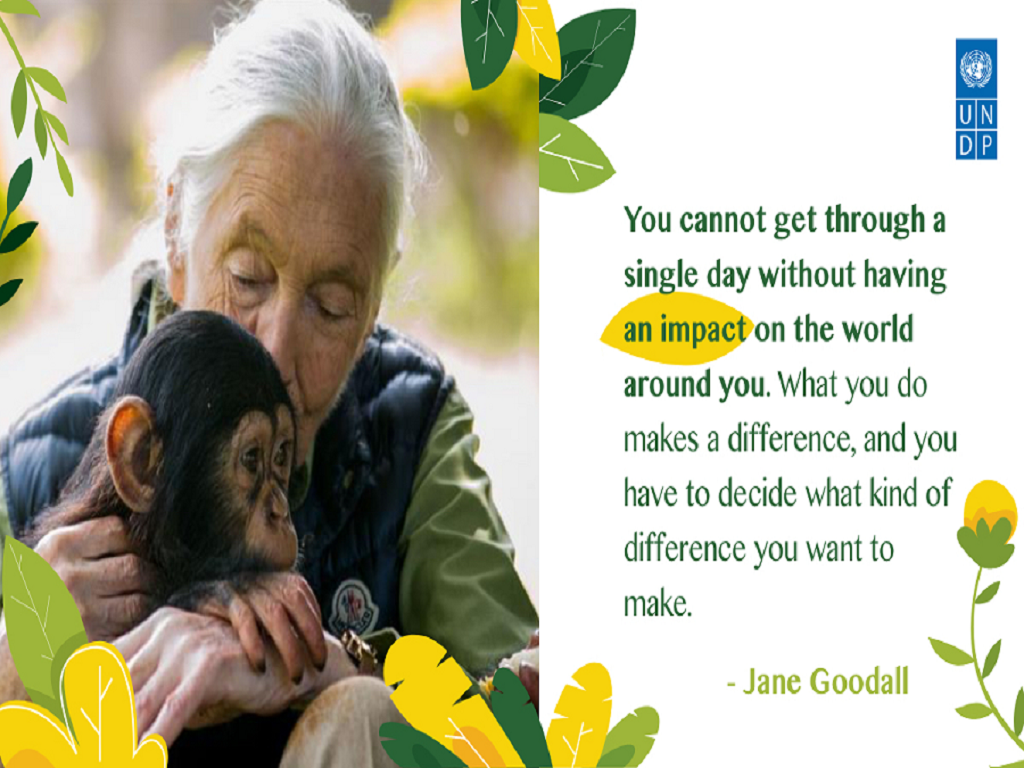From Agreement to Action: Build Back Biodiversity

Of the estimated 100 billion planets within our galaxy, only one has been discovered to be capable of sustaining life—our own.
Earth is a cosmic miracle which has given birth to millions of species including humankind.
But this miracle is a fragile one, and it is under threat. Over 10 million hectares of forest are destroyed each year. Two thirds of the planet’s oceans are now impacted by humans. And today, like every day, another 200 species will go extinct.
Last December, the United Nations Biodiversity Conference (COP15), presided over by China, successfully concluded in Montreal, Canada. In a critical alignment with global priorities, the Kunming-Montreal Global Biodiversity Framework (GBF) was endorsed by all parties, with four goals and 23 action-oriented targets, and over 60 resolutions adopted to protect nature and help secure the future of humanity and the planet.
But this framework is only a guiding blueprint on what the world must collectively strive to achieve.
To see real change, we need to take accelerated action to address multiple planetary crises with a rapid pivot from agreement to implementation.
In particular, the connection between biodiversity conservation and climate action must continue to be strengthened and underpin policy decisions, and they are two sides of the same coin. Healthy ecosystems are not only home to millions of species of plants and animals, but they can also absorb emissions by acting as carbon sinks. To solve the climate crisis, we have to work together with nature, not against it.
And we have to put our money where our mouth is. Generally, US$824 billion is needed annually to sustain biodiversity, but currently, the world only directs US$142 billion towards conservation efforts. That’s just around 0.1 percent of global GDP.
China established the Kunming Biodiversity Fund and took the lead by investing 1.5 billion yuan (about US$210 million) in the fund during the first phase of the COP15 meeting in October 2021 to support conservation efforts in developing countries. It was a step in the right direction. But we urgently need more initiatives like this all around the world to close the massive biodiversity funding gap.
At the United Nations Development Programme (UNDP), we are working globally to protect biodiversity and ecosystems and advance the 2030 Agenda for Sustainable Development. Through the UNDP Nature Pledge, we are committed to supporting countries across the globe to turn the GBF blueprint into reality and put nature at the heart of sustainable development.
For example, last year, in cooperation with other UN agencies, we launched three global programmes to support more than 138 countries in updating their National Biodiversity Strategies and Action Plans (NBSAPs) to align with the GBF and accelerate resource mobilization.
The UNDP Biodiversity Finance Initiative (BIOFIN) also works to increase public and private financing for conservation and nature-positive investments.
Here in China, we are proud of our joint achievements in biodiversity protection, fostered hand-in-hand with governmental partners at both national and local levels spanning over four decades. This shared commitment to the protection of China’s vibrant ecosystems has been critical in ongoing efforts to reverse environmental degradation so that biodiversity can recover and flourish.
UNDP stands ready to continue building on this collective work and to leverage our global network and expertise in support of implementing the GBF in China.
In doing this, it will be critical to step up cooperation and coordination on biodiversity protection across different sectors and regions, as biodiversity does not have obvious thematic or geographic boundaries. In addition, it is essential to consolidate conservation strategies across land, water and sea, ensuring they support each other.
We will also work to help redirect financial flows from nature-negative to nature-positive. Investments that harm biodiversity should be channeled toward the protection of habitats and ecosystems.
Plastic pollution is one of the biggest threats to biodiversity, in particular marine life, with 14 million metric tons of plastic ending up in oceans every year.
With only seven years remaining to achieve the Sustainable Development Goals, our actions to protect nature will determine the future of humankind and the planet.
With the GBF, we have a plan in place. Now is the time to turn it into reality through concrete action. Together, we can ensure that our miraculous planet can thrive and support both humanity and all species for generations to come.
The author is the UNDP Resident Representative for China.